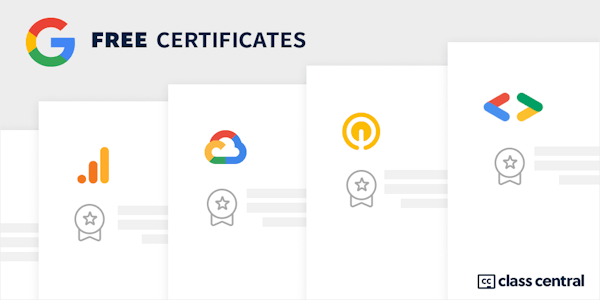Reinforcement Learning for Trading Strategies
New York Institute of Finance , Google Cloud and Google via Coursera
-
358
-
- Write review
Overview
Class Central Tips
In the final course from the Machine Learning for Trading specialization, you will be introduced to reinforcement learning (RL) and the benefits of using reinforcement learning in trading strategies. You will learn how RL has been integrated with neural networks and review LSTMs and how they can be applied to time series data. By the end of the course, you will be able to build trading strategies using reinforcement learning, differentiate between actor-based policies and value-based policies, and incorporate RL into a momentum trading strategy.
To be successful in this course, you should have advanced competency in Python programming and familiarity with pertinent libraries for machine learning, such as Scikit-Learn, StatsModels, and Pandas. Experience with SQL is recommended. You should have a background in statistics (expected values and standard deviation, Gaussian distributions, higher moments, probability, linear regressions) and foundational knowledge of financial markets (equities, bonds, derivatives, market structure, hedging).
Syllabus
- Introduction to Course and Reinforcement Learning
- In this module, reinforcement learning is introduced at a high level. The history and evolution of reinforcement learning is presented, including key concepts like value and policy iteration. Also, the benefits and examples of using reinforcement learning in trading strategies is described. We also introduce LSTM and AutoML as additional tools in your toolkit to use in implementing trading strategies.
- Neural Network Based Reinforcement Learning
- In the previous module, reinforcement learning was discussed before neural networks were introduced. In this module, we look at how reinforcement learning has been integrated with neural networks. We also look at LSTMs and how they can be applied to time series data.
- Portfolio Optimization
- In this module we discuss the practical steps required to create a reinforcement learning trading system. Also, we introduce AutoML, a powerful service on Google Cloud Platform for training machine learning models with minimal coding.
Taught by
Jack Farmer and Ram Seshadri





